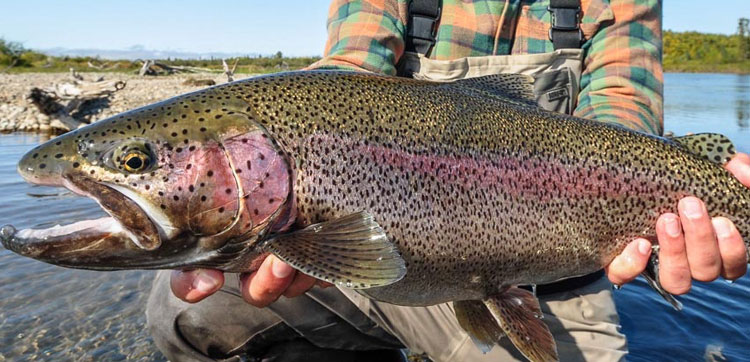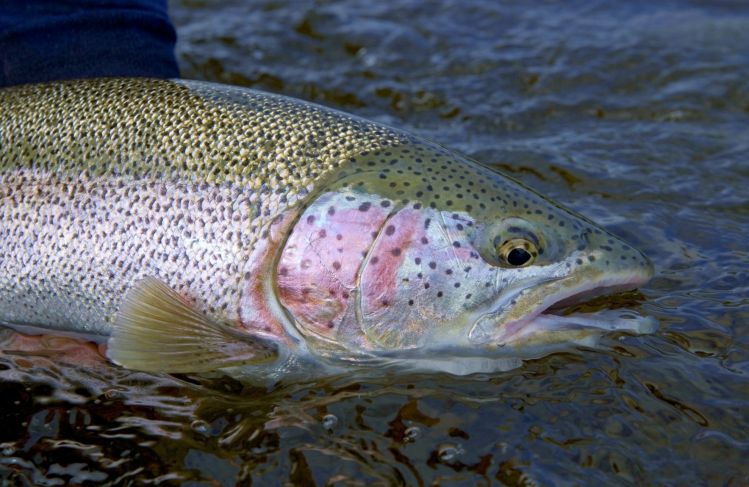Fly fishing is an ancient style of fishing that has actually ended up being a vital part of pop culture. Pictures of fly fishing equipment often evoke powerful emotions in the viewer.
Fly fishing was practiced at least as early as the 2nd century by Macedonian anglers; however, some argue that fly fishing may have stemmed even previously with the Chinese.
Little is understood of the development of fly fishing from the 2nd century through the end of the 15th century. The English publication of a book in 1496 detailing dozens of artificial fly styles suggests that the sport was kept active throughout this period though. Fly fishing continued to grow in popularity for a long time in England, Scotland, Scandinavia and the United States. However, the sport eventually came to be considered as an elitist sport, in part due to the high expense of fly fishing gear. Early fishing pole were crafted from a tropical wood and later from bamboo. Both types of rods were costly. By the 1920s interest in fly fishing in the United States had peaked.
Following The Second World War, fly fishing interest increased in the United States again. The intro of fiberglass fly fishing pole, monofilament leaders, and synthetic line all served to reduce the cost of fly fishing equipment. Fly fishing interest in the United States was as soon as again rising. A lot of our fathers and grandpas were fly anglers of this period, and the general regard that is given that generation in American culture might be factor enough to describe the long-lasting strength of fly fishing in pop culture.
Over the years Western fly fishing has emerged with its own cultural image. This might be due to a number of aspects, including the American romanticizing of Western culture in general along with some brilliant marketing by early Western fly fishing business owners. The Western American cultural picture of fly fishing is inextricably related to horses, wide-brimmed hats, and leather apparatus. Western-clad fly fishers wading a rocky river while horses graze close by on the aspen-lined shore is an effective picture that transfers the majority of us to a location we wish to be. Whether the image is entirely rooted in reality is trivial.
Think about the number of images designed to interact masculinity function fly fishing equipment. Artists and graphic designers understand that fly fishing images are an effective method to interact masculinity - whether trying to speak to males or to discuss males.
Even those who have not held a fishing pole in years are strongly impacted by the picture of a fishing pole or a fly fishing scene. The image instantly transfers individuals back in time. Fly fishing is so deeply ingrained in the American culture that a single photo can take us back to childhood or carry us to a far away place. In this location the world seems right again; http://voyage.nation2.com/a-few-beneficial-fly-fishing-tips everything is when again as it ought to be.

Fly fishing is a vital part of popular American culture. Pictures of fly fishing are plentiful in motion pictures, magazines, books and homes. Even an image of fly fishing apparatus interacts powerfully to numerous Americans. Fly fishing is a vital part of American popular culture and history.
Box 31,
King Salmon,
Alaska, 99613
Phone: +(1) 877 801 2289
Phone: +(1) 907 519 6820
Phone: +(44) 7775 602 424

Email: atalodge.wayne@gmail.com














